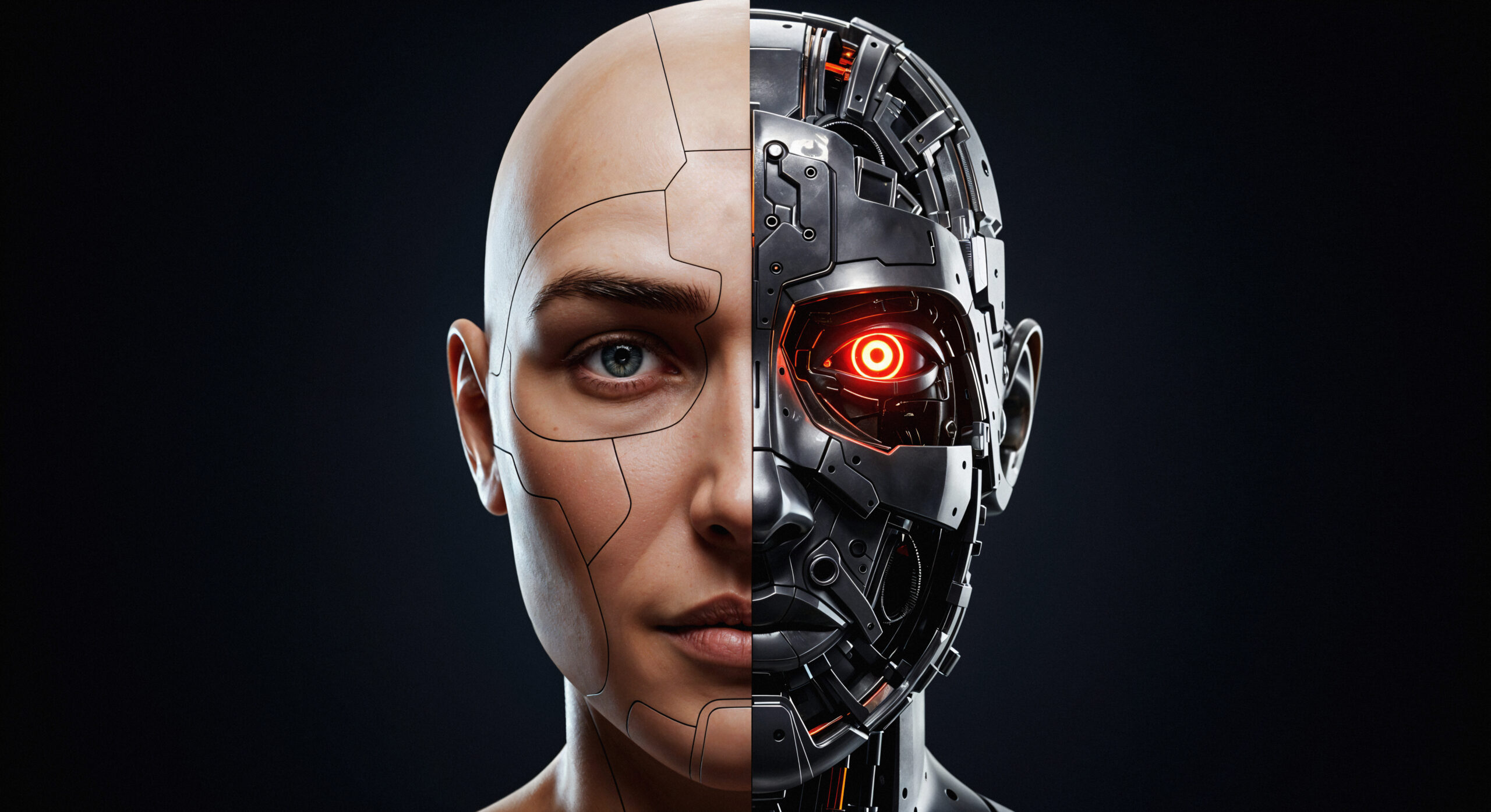
Artificial intelligence comes in many forms, but two terms often stand out: AI and AGI. While they sound similar, they describe very different capabilities, goals, and implications for society. This article breaks down what AI and AGI mean, how they differ, what we can realistically expect in the near future, and what it all might mean for the way we live and work.
- AI (Artificial Intelligence): In practice, AI usually refers to narrow or specialized AI—systems that perform specific tasks well, often at or beyond human capability for those tasks. Examples include image and speech recognition, language translation, recommendation algorithms, game-playing bots (in certain domains), and autonomous driving systems. These systems are constrained to the tasks they were designed for and do not possess broad understanding or general problem-solving abilities beyond their training.
- AGI (Artificial General Intelligence): AGI, sometimes called strong AI or human-level AI, refers to a hypothetical form of intelligence that can understand, learn, and apply knowledge across a wide range of domains—comparable to or surpassing human cognitive abilities. An AGI would be able to reason, plan, learn from limited data, transfer knowledge between unrelated tasks, and adapt to novel situations without task-specific engineering.
- How they differ in capability
- Scope of competence
- AI: Excels in narrow domains with large amounts of labeled or structured data. Examples: object recognition in photos, translation, voice assistants, optimization in logistics, playing chess or Go at expert levels.
- AGI: Would be capable of versatile problem solving across domains, including those for which it has little prior training. It would learn new tasks from minimal data, reason abstractly, and exhibit flexible, autonomous goal-directed behavior.
- Transfer and generalization
- AI: Generalization is limited to the distribution and tasks it was trained on. It often struggles with out-of-distribution problems or tasks outside its design scope.
- AGI: Demonstrates robust generalization, transferring knowledge from one domain to another and adapting to entirely new environments without extensive retraining.
- Autonomy and planning
- AI: May operate autonomously within a defined boundary (e.g., a self-driving system on a fixed highway, a medical imaging diagnostic model) but typically requires human oversight or tightly controlled environments.
- AGI: Expected to autonomously set goals, create plans, and execute across a spectrum of activities, potentially including long-term, multi-step projects spanning multiple domains.
- Current state: where we stand
- Narrow AI is everywhere today. Most of what you interact with daily—search results, voice assistants, spam filters, recommendation engines, and many business automation tools—are narrow AI systems. They can outperform humans on specific tasks but lack broad understanding and flexible intelligence.
- AGI remains aspirational. While researchers have made impressive progress in AI capabilities, no system has demonstrated true AGI. There are ongoing debates about whether AGI is even achievable, and if so, on what timeline. Some optimistic voices predict breakthroughs within a few decades; others argue it could take longer or may require new paradigms altogether.
